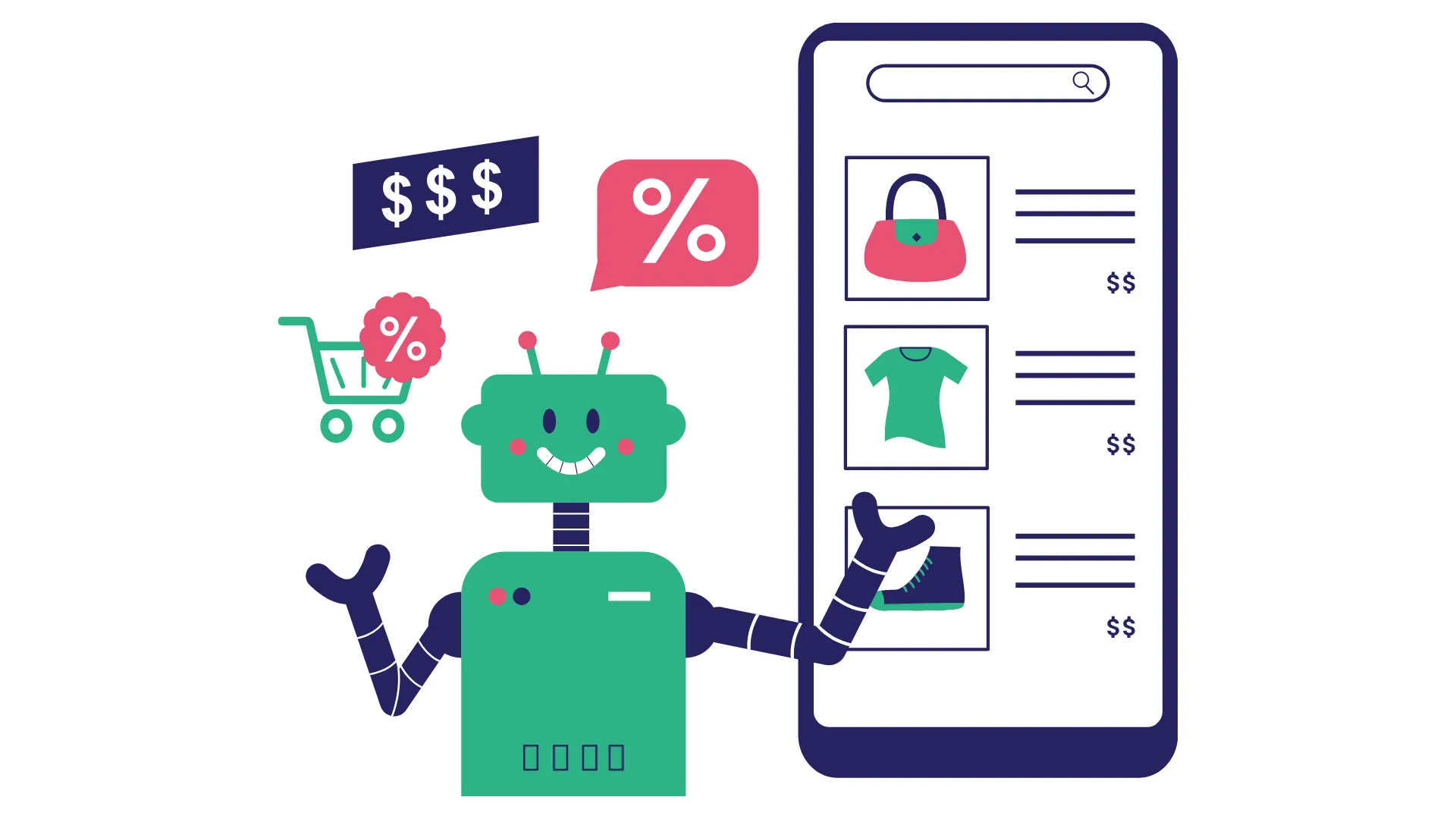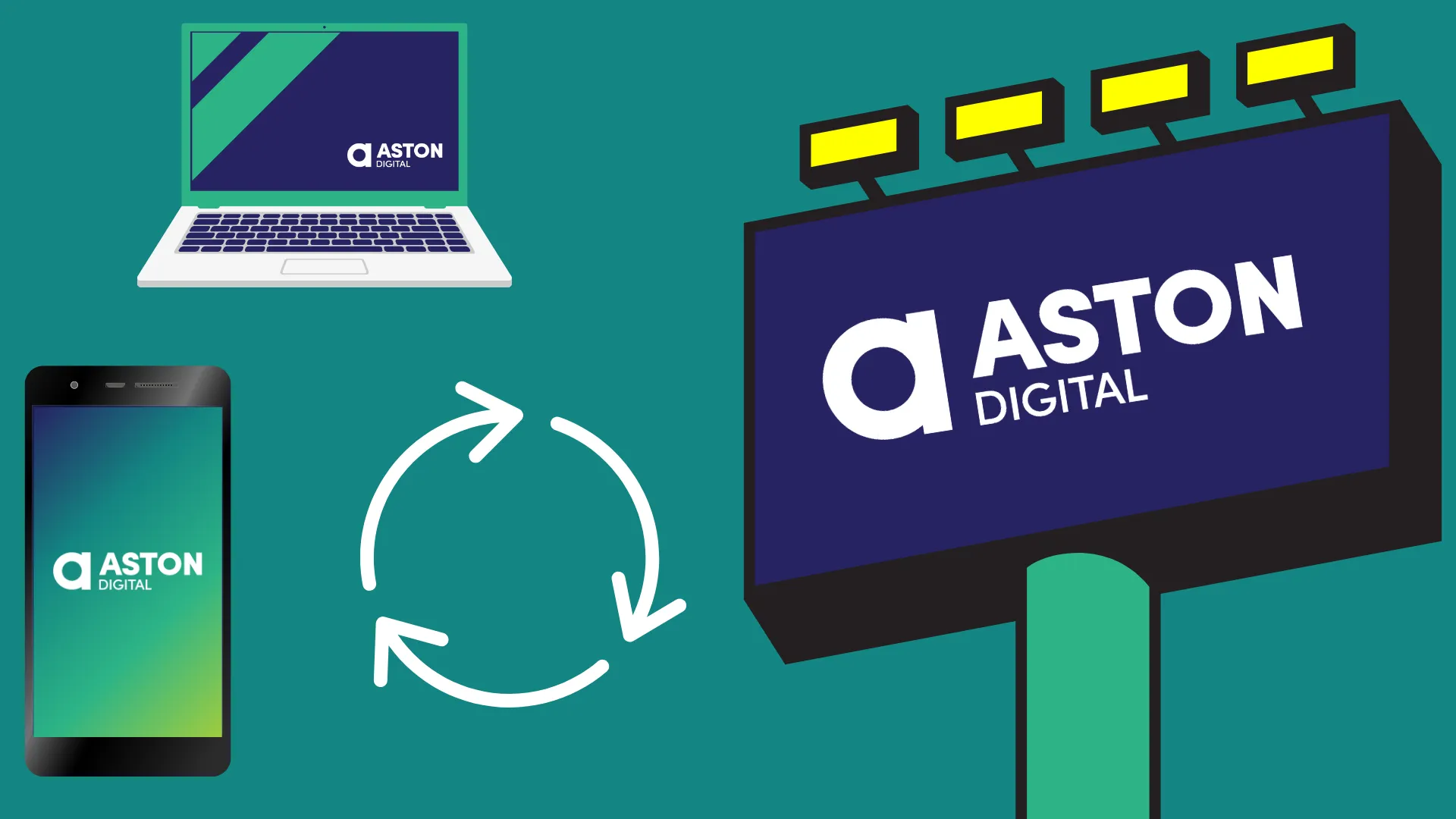Last week, Facebook announced a major update: ‘Views’ will now replace impressions as the primary metric for posts and Stories. This change aligns with Instagram’s recent metric updates and aims to simplify performance tracking across content formats.
What does ‘Views’ measure?
Views indicate how many times a Reel, video, photo, or post appears on someone’s screen. Here’s how it will work for each format:
Reels and Videos
For Reels and videos, Views will replace the Plays metric. However, the calculation method remains unchanged, so you won’t notice any significant differences beyond the name.
Stories, Photos and Text Posts
For Stories, photos, and text posts, Views will replace Impressions. Views will be calculated as the number of times the content appears on a person’s screen, including repeat views. For example:
- If someone views a photo three times in one day, it will count as three Views, not one Impression.
This update may result in higher View counts compared to past impression data. Reach, however, will still reflect the unique number of individuals who saw your content.
Why has Facebook changed its primary metric to views?
The move to Views simplifies content metrics by creating a universal standard across all formats. Instead of juggling metrics like impressions for posts and plays for Reels, you now have a single metric that applies to all content types. This makes it easier to understand how your content is resonating across formats and Meta platforms.
Updates to video metrics
Facebook is also introducing changes to its video metrics:
- Minutes Viewed will replace Watch Time and will round viewing time to the nearest minute.
- Average Minutes Viewed will replace Average Watch Time.
These updates provide a more streamlined way to evaluate video performance while maintaining key metrics like Reach, 3-Second Views, 1-Minute Views, Reactions, Comments and Shares.
When will these changes roll out?
The new Views metric will appear in Meta Business Suite and the Professional Dashboard over the coming weeks. Additionally, Views will be integrated across all ads measurement tools and apply to every ad format.
Need help with social media reporting?
At Aston Digital, we specialise in turning raw data into actionable insights. Contact us to discover how we can help you make the most of your social media performance!

Google has started rolling out its brand-new AI Mode in countries like the United States, India, Canada and even New Zealand - but not yet in Australia. [...]

For years, Search Engine Optimisation (SEO) was the golden rule of digital marketing. Optimise keywords. Earn backlinks. Climb the rankings. But the way people find answers is [...]

A billion searches were made on ChatGPT last week alone. Now, OpenAI is turning those queries into a powerful new retail experience. ChatGPT recently launched its AI [...]

Google’s AI Overviews are reshaping search by pulling answers from the places people are actually talking: Reddit, YouTube, Quora and other community-driven platforms. According to new data [...]

Google has started rolling out its brand-new AI Mode in countries like the United States, India, Canada and even New Zealand - but not yet in Australia. [...]

For years, Search Engine Optimisation (SEO) was the golden rule of digital marketing. Optimise keywords. Earn backlinks. Climb the rankings. But the way people find answers is [...]

When you see a paid ad, nine times out of ten, you're probably not clicking on it. Instead, you'll likely hop over to Google, search the brand [...]

In digital advertising, audience targeting has always been both an art and a science. But what if the science just got smarter - a lot smarter? We’ve [...]

With attention spans getting shorter and competition fiercer, brands are constantly searching for that magic formula to stand out. But the answer isn’t always a bold campaign [...]

A billion searches were made on ChatGPT last week alone. Now, OpenAI is turning those queries into a powerful new retail experience. ChatGPT recently launched its AI [...]

Google’s AI Overviews are reshaping search by pulling answers from the places people are actually talking: Reddit, YouTube, Quora and other community-driven platforms. According to new data [...]

We recently posted a simple promotion on a client’s social media account. It was about a niche product - nothing flashy, not designed to go viral, just [...]

Starting July 10, 2025, public posts from professional Instagram accounts will start appearing in Google search results. That means your photos, Reels and videos could soon show [...]

One of the most common concerns we hear from clients is: “I feel like we’re repeating ourselves too much.” They worry that saying the same message more [...]

